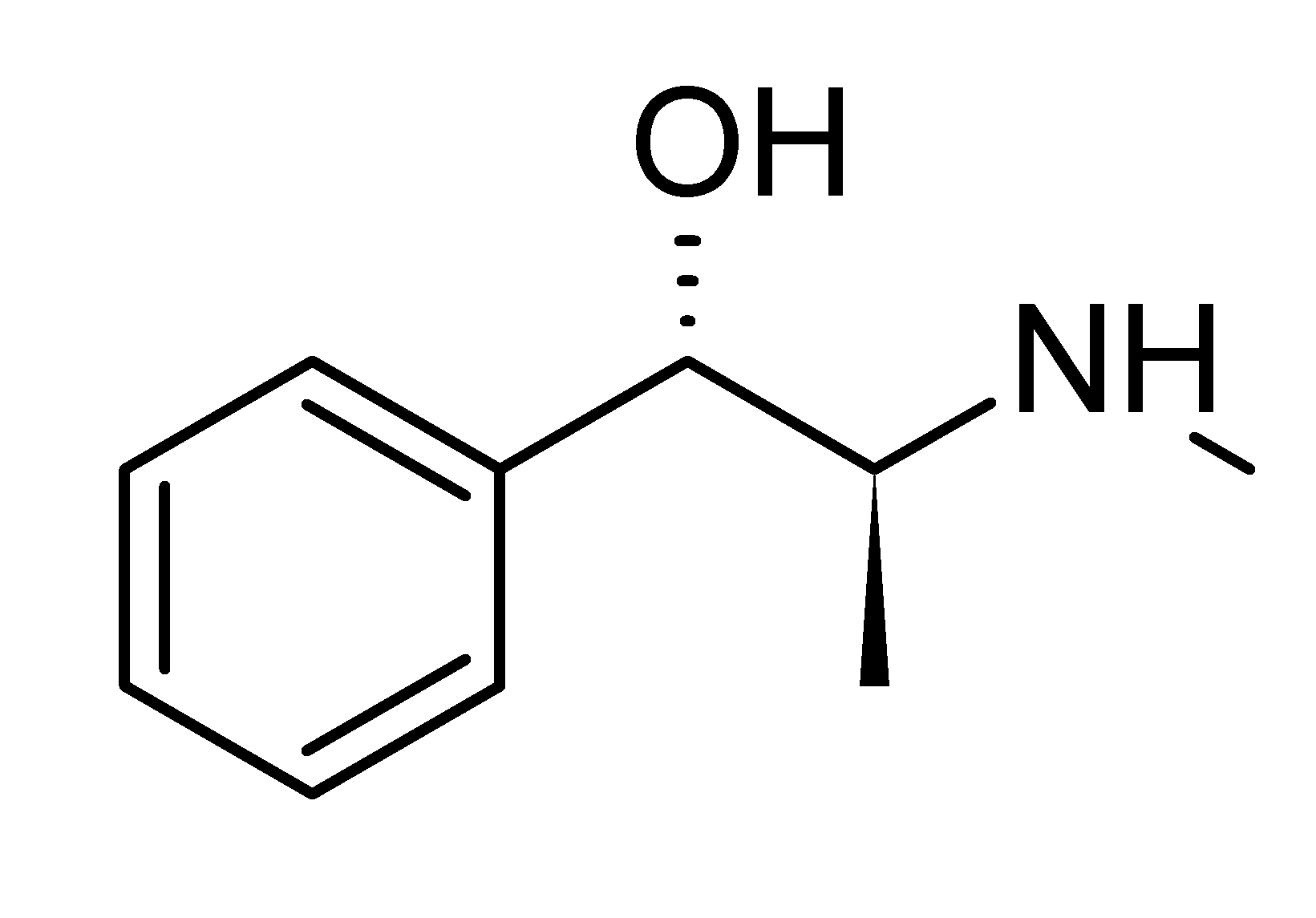Chloroacetone
- Chloro-2- propanone
- 1-chloro -2-propanone
Colorless, lachrymatory liquid having a pungent odor
Liquid
1.15 g · cm -3
-44 ° C
119 ° C.
16 hPa ( 20 ° C)
Miscible with water, ethanol and diethyl ether
Risk
Template: Infobox chemical / molecular formula search available
Chloroacetone is a clear eye-irritating liquid. Their preparation is relatively simple from acetone and chloro.
History
In World War Chloroacetone came as an eye irritant applied, first in November 1914 France under the code name " Tonite ". Later, it was by the French under the code name " Martonite ", a mixture of bromine and chlorine, acetone, used as eye irritant chemical warfare agent.
Production and representation
The industrial production is done by chlorination of acetone. For example, by introducing chlorine gas into a suspension of calcium carbonate and acetone. To occur especially in heavy by-products other than chlorination chloroacetone compounds, such as di-or trichloroacetone. These are much more toxic and less irritating than (mono- ) of chloroacetone and must be removed by distillation therefrom. However, because of the close boiling points of the distillation by-products is not easy.
Safety
In chemical laboratories can cause accidental release of chloroacetone, when used in chlorination of acetone, or acetone as a solvent for cleaning apparatus, which itself is contaminated ( in dissolved form ) with chlorinating or chlorine. In case of contact will cause serious irritation to severe burns of the eyes, the skin and the respiratory tract are attacked. In the production of hydrochloric acid as a catalyst with acetone peroxide chloroacetone can arise when the reaction mixture becomes too hot.









